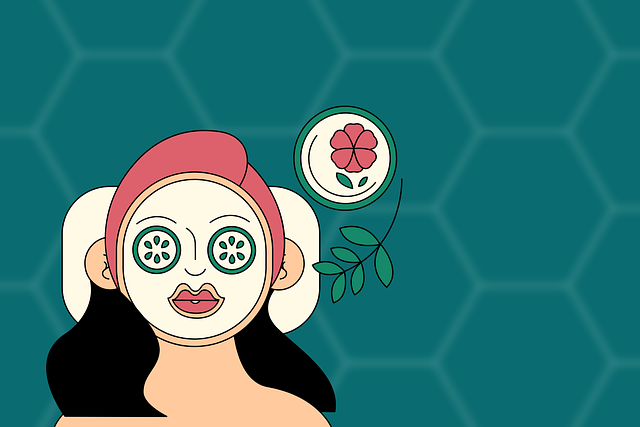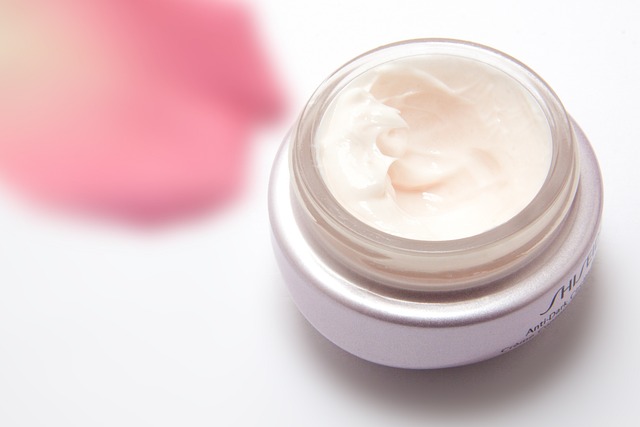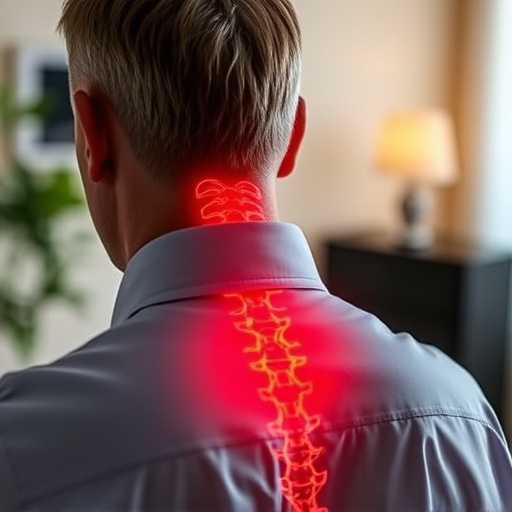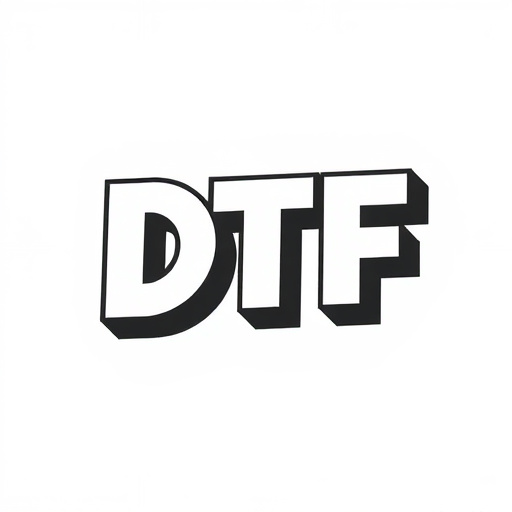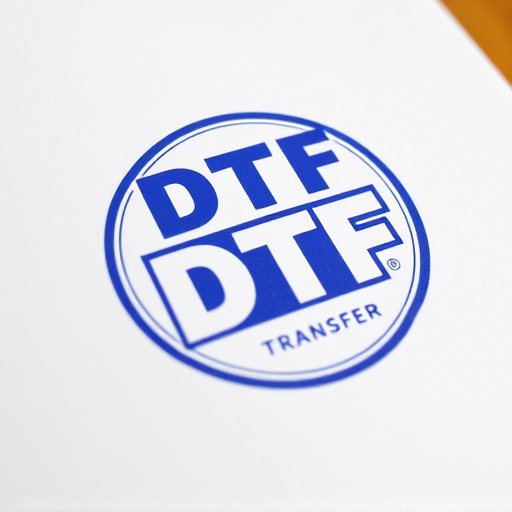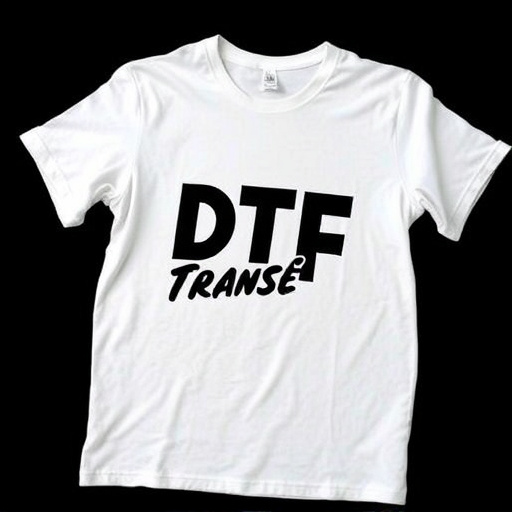Direct-to-Film (DTF) transfers are a cutting-edge printing technique offering high-resolution, vibrant prints. Key factors for optimal adhesion include meticulous surface preparation, suitable adhesives, and controlled environmental conditions. Ideal temperatures and humidity enhance molecular bonding. Following manufacturer guidelines for drying times and using high-quality materials prevents common mistakes leading to poor adhesion. Outdoor DTF prints typically last 1-3 years while indoor applications can exceed 2-3 years with proper maintenance. Meticulous surface prep, high-quality DTF materials, and adequate cure time ensure long-lasting DTF prints.
“Unleash the power of direct-to-film (DTF) transfers and discover the secrets to achieving optimal adhesion! This comprehensive guide explores the duration and conditions required for successful DTF printing. From understanding the technology to identifying factors influencing adhesion time, we delve into best practices and real-world case studies. Learn how to avoid common pitfalls and ensure your DTF prints last. Maximize the potential of this innovative technique with our expert insights on optimal conditions, common mistakes, and best practices for lasting DTF transfers.”
- Understanding Direct-to-Film (DTF) Transfers: An Overview
- Factors Influencing Adhesion Time: A Detailed Look
- Optimal Conditions for DTF Transfer Adhesion
- Common Mistakes and How to Avoid Them
- Case Studies: Real-World DTF Transfer Durations
- Best Practices for Ensuring Long-Lasting DTF Prints
Understanding Direct-to-Film (DTF) Transfers: An Overview
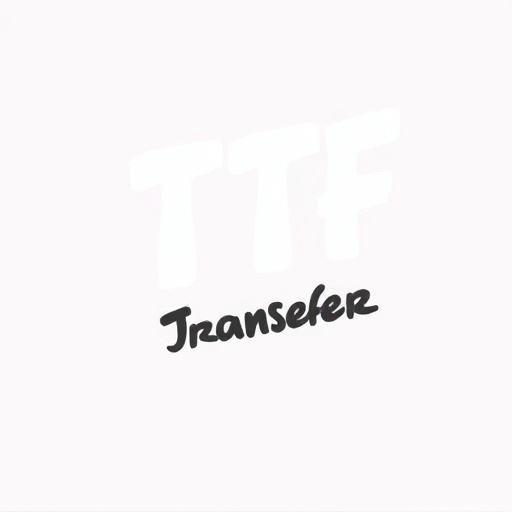
Direct-to-Film (DTF) Transfers are a cutting-edge printing technique revolutionizing the way we create and preserve images, especially in the realm of photography and art reproduction. Unlike traditional printing methods that rely on intermediate surfaces, DTF involves applying ink directly onto film, enabling the creation of high-resolution, vibrant prints without the need for complex setups. This innovative process has gained significant traction among professionals and enthusiasts alike due to its ability to produce stunning visual effects.
DTF Printing offers unparalleled detail and color accuracy, making it a game-changer for those seeking to reproduce fine art, photographs, or even graphic designs with meticulous precision. The transfer process involves carefully layering ink onto the film, ensuring each color component aligns perfectly for optimal results. This meticulous approach results in DTF Prints that boast vibrant hues, crisp lines, and an overall captivating aesthetic, making them a favorite among those who demand exceptional visual quality.
Factors Influencing Adhesion Time: A Detailed Look

Several factors play a crucial role in determining the ideal duration for proper adhesion when applying direct-to-film (DTF) transfers and prints. Understanding these elements is essential for achieving long-lasting, high-quality results in DTF printing processes. The surface preparation is one of the key considerations; a clean, dry, and grease-free substrate ensures optimal adhesion. Even minor contaminants can hinder the bonding process, so thorough cleaning is vital before application.
Another significant factor is the specific type of adhesive used. Different adhesives have varying curing times and strengths, which directly impact the overall adhesion duration. Additionally, environmental conditions like temperature and humidity affect the rate at which adhesives cure; warmer temperatures generally expedite the process, while higher humidity levels may slow it down. Thus, when working with DTF transfers and prints, technicians must account for these variables to ensure a robust bond that stands the test of time.
Optimal Conditions for DTF Transfer Adhesion
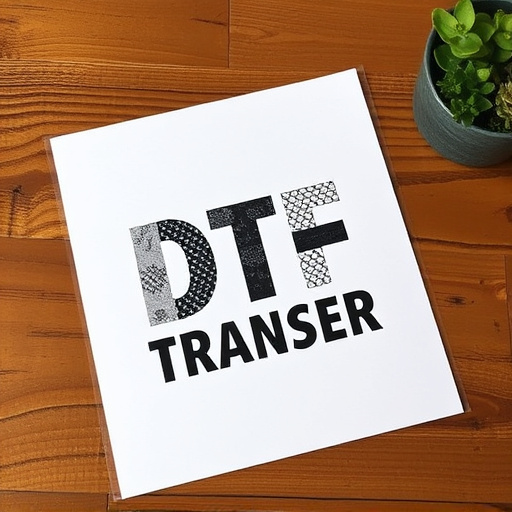
Achieving optimal adhesion in direct-to-film (DTF) transfers requires specific conditions to ensure long-lasting and high-quality DTF prints. The process involves more than just applying the film; it demands attention to environmental factors, surface preparation, and timing.
Ideal temperature and humidity levels play a pivotal role in enhancing DTF transfer adhesion. Most DTF films perform best within a narrow range of 20-25°C (68-77°F) and relative humidity (RH) levels between 40-60%. These conditions create an atmosphere that facilitates molecular bonding, ensuring the film bonds securely to the substrate. Additionally, proper surface preparation is essential; clean, dry, and free from contaminants, the substrate should be lightly rubbed or abraded to create a slightly rougher texture, increasing surface area and allowing for better film adhesion. Timing is critical too; after applying the DTF film, a cure time of 24-48 hours allows the adhesive to set properly, resulting in maximum adhesion strength.
Common Mistakes and How to Avoid Them

Creating direct-to-film (DTF) transfers is an art that requires precision and patience. Common mistakes can lead to poor adhesion and ultimately, prints that don’t live up to expectations. One of the most frequent errors is not allowing enough time for proper drying between each layer of the DTF transfer process. This rush can result in smudged or uneven application, causing issues with adhesion later on. To avoid this, always follow manufacturer guidelines for drying times and be patient – a few extra minutes could make all the difference.
Another blunder is using subpar materials or failing to prepare the surface properly. Using low-quality DTF films or printing on unclean surfaces can lead to lackluster results. Ensure you’re using high-quality DTF transfers designed for your specific application, and always clean the surface thoroughly before applying the transfer. This includes removing any dust, grease, or debris that could impede adhesion. By steering clear of these pitfalls, you’ll be well on your way to achieving crisp, long-lasting DTF prints.
Case Studies: Real-World DTF Transfer Durations
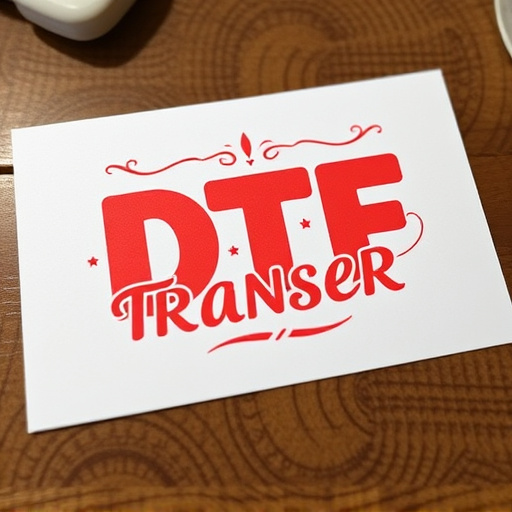
In real-world applications, the duration for proper adhesion of direct-to-film (DTF) transfers varies based on several factors including film quality, surface preparation, and environmental conditions. Case studies have shown that optimal adhesion can last from 1 to 3 years for outdoor DTF prints, with some high-quality films even claiming durability up to 5 years under the right circumstances. Indoor applications typically enjoy longer lifespans, often exceeding 2-3 years, thanks to controlled environments that prevent rapid degradation caused by UV exposure and weather conditions.
These durations are not set in stone; proper maintenance plays a significant role in extending the life of DTF transfers. Regular cleaning, protection from direct sunlight, and careful handling can all contribute to maintaining the integrity of the film’s adhesion. Moreover, understanding the specific requirements of different printing materials is crucial for achieving the best results and ensuring the longevity of DTF prints.
Best Practices for Ensuring Long-Lasting DTF Prints

To ensure long-lasting DTF (Direct-to-Film) prints, best practices include several key steps. First, proper surface preparation is essential; clean and decontaminate the substrate to maximize adhesion. This involves using recommended cleaners and following manufacturer guidelines to avoid damaging the print or the material it’s applied to.
Next, utilize high-quality DTF materials from reputable suppliers. Higher quality inks and films often offer improved durability and resistance to fading, cracking, and peeling. Additionally, allow sufficient cure time after application—often recommended as 24 hours or more—to ensure robust adhesion and long-term performance of the DTF prints.




